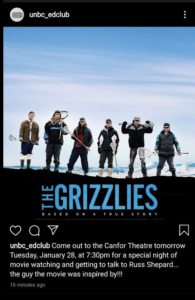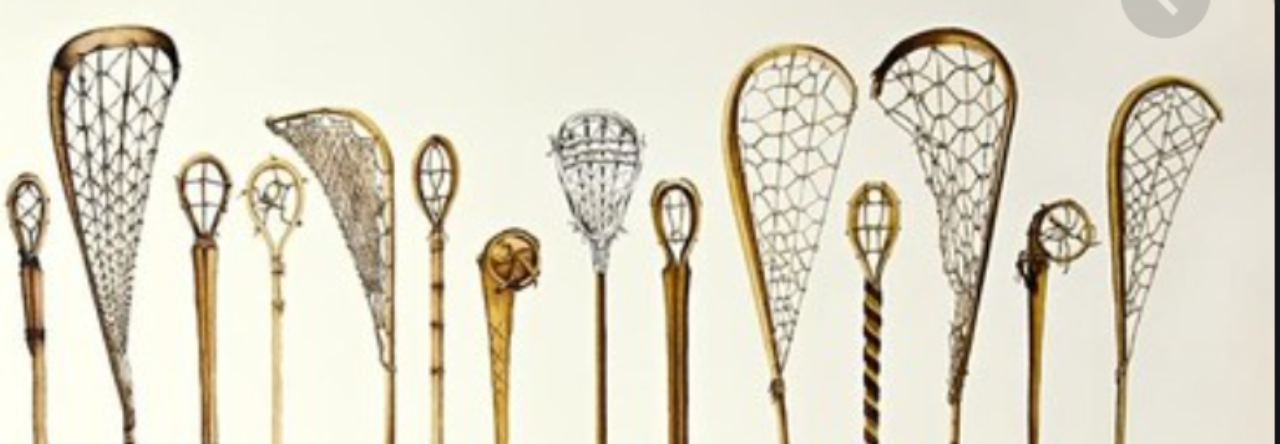Indigenous Spotlight
In my Education 407 Fine Arts class I did an Indigenous Spotlight, and I chose to do it on Kym Gouchie. Kym Gouchie is a multidisciplinary artist from Prince George, B.C She is a member of Lheidli T’enneh (the people from the confluence of two rivers) which is a part of the Dakelh–Carrier Nation. Kym’s painting the “brother fawn” was a gift to my family, so I look at it as piece of respected art that someone took time and effort into making it. She is a local artist who has ancestral roots in the Lheidli T’enneh, Cree and Secwepemc Nations. She is fostering change through her music and art. Her music brings awareness to First Nations and women’s issues, promoting reconciliation and community building while reminding us that we are all in this together.) Kym’s art be a song, dance, is relevant to the BC curriculum both Elementary and Secondary is that a form of her art is creating beautiful and inspiring that can be listened, watched, and experience at all ages. I would play her music to calm the class down during the day. Perhaps having her come to a school to play a show for the whole school would be so cool. We are teaching learners that by connecting to the arts supply opportunities to gain insight into the perspectives and experiences of people from a variety of times, places, and cultures.
The following are materials, gatherings, and resources that I found helpful while doing my research were:
https://www.youtube.com/watch?v=HuMxO7nJEnA-CFUR – Spotlight Artist
https://www.youtube.com/watch?v=yiAzMzo8yEo-For the People –Snippet
https://curriculum.gov.bc.ca/curriculum/arts-education/9/
The Great Ball Game
In my EDUC 390 practicum I read the book “The Great Ball Game” is a traditional story that is re told by author Joesph Bruchac, https://www.teacherspayteachers.com/Product/The-Great-Ball-Game-1661709 and you can find lesson plans and worksheets that can go along with the book. I love the connection it makes that everyone has something to offer. I was able to read this story to a group of kindergarten students in my EDUC 390 practicum and they absolutely loved it! I read it right before our school wide sports day and the event that I was hosting was a lacrosse shot challenge. Where the students got use a stick to shoot at targets out in the field. It was winter and it was cold. But the kids had fun and got the experience what it like to be playing with a lacrosse stick. The stick is such a great tool to teach about Lacrosse as it is one of the oldest team sports in North America. There is evidence that a version of lacrosse originated in what is now Canada as early as the 17th century.

“An Indian Ball-Play” by George Catlin, circa 1846–1850, Choctaw Indians. Native American ball games often involved hundreds of players.
here are a few words that will help define what traditional lacrosse games were. As many as 100 to 1,000 men from opposing villages or tribes would participate. The games were played in open plains located between the two villages, and the goals could range from 500 yards (460 m) to 6 miles (9.7 km) apart. The medicine men acted as coaches, and the women of the tribe would usually tend to players and cheer them on as well as sang while the men played. There was also a women’s version of lacrosse called amtahcha in some areas, which used much shorter sticks with larger heads. Another version that women played instead amongst the Iroquois and Eastern Woodland area was double ball. Lacrosse traditionally had many different purposes. Some games were played to settle inter-tribal disputes. This function was essential to keeping the Six Nations of the Iroquois together. Lacrosse was also played to toughen young warriors for combat, for recreation, as part of festivals, and for the bets involved. Finally, lacrosse was played for religious reasons: “for the pleasure of the Creator,” and to collectively pray for something.
https://en.wikipedia.org/wiki/History_of_lacrosse
The Grizzlies
During my time at UNBC, I was involved as a member and Vice President of the UNBC Education Club. We hosted an event in January 2020, with a special guest chat via zoom with Russ Sheppard.
Russ Sheppard was inspired to create this film with the intention to bring awareness to the struggles and based on a true story, the film depicts a youth lacrosse team that was set up to help combat an onslaught of youth suicide in the community of Kugluktuk, Nunavut.
I have a special connection to Russ. As he was my lacrosse coach at the University of Alberta and got me my first coaching job at Vimy Ridge Academy. He is one of the reasons why I wanted to become a Teacher. He has led by example of what hard work and compassion can get you in life. He has always told me that my passion and dedication will be what drives my teachings. I believe that I will be a great leader and I have Russ to thank for being a part of that.



A few links to start with or refer to:
First Peoples Principles of Learning – Poster – from FNESC
http://www.fnesc.ca/wp/wp-content/uploads/2015/09/PUB-LFP-POSTER-Principles-of-Learning-First-Peoples-poster-11×17.pdf
First Peoples Principles of Learning – Blog – by Jo Chrona from FNESC
https://firstpeoplesprinciplesoflearning.wordpress.com/
Learning First Peoples Classroom Resources – from FNESC
http://www.fnesc.ca/learningfirstpeoples/

More resources form my standard nine team a group project for Education 431 Educational Technology class
https://teamastandard9.opened.ca/
References
Auchter, Christopher. (2017). The Mountain of SGaana. [Video]. National Film Board of Canada. https://www.nfb.ca/film/mountain_of_sgaana/
BC Teachers’ Council. (2019, June 19). Professional Standards for BC Educators. https://www2.gov.bc.ca/assets/gov/education/kindergarten-to-grade 12/teach/teacher-regulation/standards-for-educators/edu_standards.pdf
First Nations Education Steering Committee. (2015) First Peoples Principles of Learning. http://www.fnesc.ca/wp/wp-content/uploads/2015/09/PUB-LFP-POSTER-Principles-of Learning-First-Peoples-poster-11×17.pdf
Mountain of SGAANA – Google search. (n.d.). Google. https://www.google.com/search?q=mountain+of+SGAANA&rlz=1CAPFDC_enCA922&sxsrf=ALeKk01TBjowoUlK89pYwCeLdmJxY2kw6w:1603850982506&source=lnms&tbm=isch&sa=X&ved=2ahUKEwinytbAmtbsAhXIi54KHbnABxUQ_AUoAnoECCAQBA&biw=1536&bih=794
BC Teachers’ Council. (19 June 2019). Professional Standards for BC Educators. BC Teachers’ Council. https://www2.gov.bc.ca/assets/gov/education/kindergarten-to-grade-12/teach/teacher-regulation/standards-for-educators/edu_standards.pdf
[@Beaded_Tweets]. (n.d.). Twitter profile. Twitter. Retrieved October 24th, 2020, from (https://twitter.com/beaded_tweets?lang=en.
FNESC. (2015). First Peoples Principles of Learning. (http://www.fnesc.ca/wp/wp- content/uploads/2015/09/PUB-LFP-POSTER-Principles-of-Learning-First-Peoples-poster-11×17.pdf
imagineED (2019). The Walking Curriculum. http://www.educationthatinspires.ca/walking–curriculum-imaginative-ecological-learning-activities/

